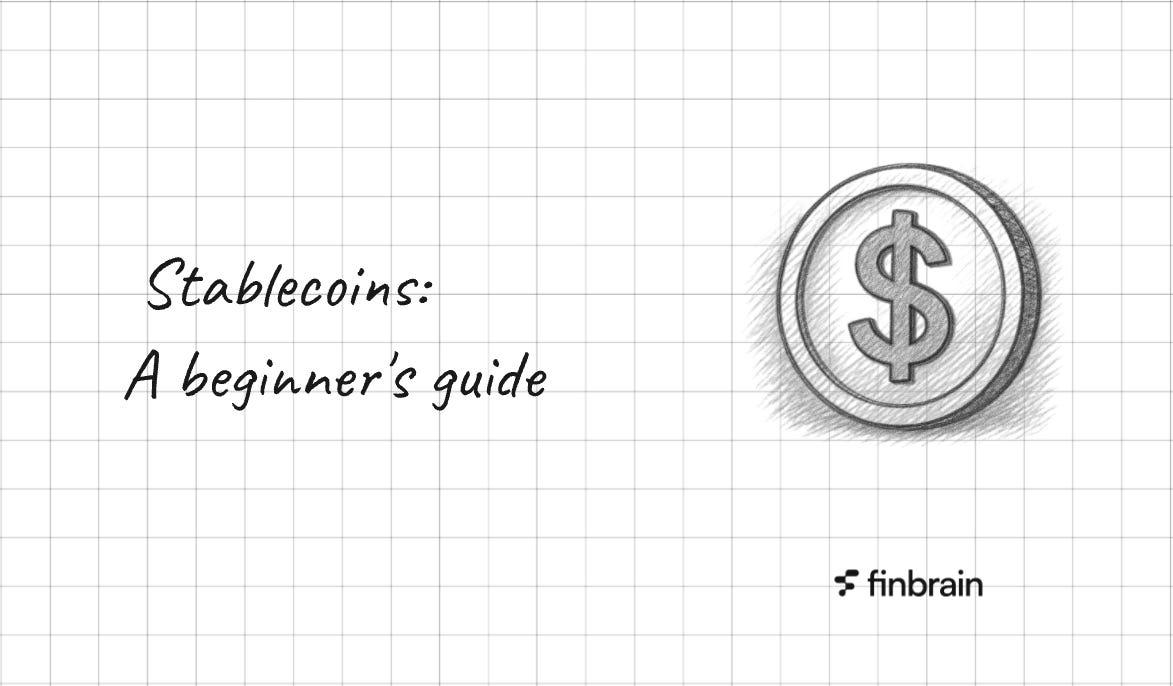Stablecoins: a beginner's guide
How stablecoins work and how to invest indirectly in the stablecoin ecosystem
👋🏼 everyone,
It’s been a minute, but back to business! After posting onto my own separate website for the past 6 months I’ve decided to move back to Substack. So hello again - it’s great to be back.
This week I want to cover Stablecoins - often talked about, rarely explained.
Just this past month we've seen the US pass its first national law to regulate stablecoins, Hong Kong launch strict new licensing rules for stablecoin issuers, and major global payment companies begin integrating stablecoins into their systems.
If you’re searching for heart-stopping volatility, stablecoins probably aren’t going to be your thing. But if you want to park your funds safely, hedge against crazy price swings, or actually use crypto for payments people can trust, you’d be hard-pressed to find anything better. Boring? Maybe. Necessary? Absolutely.
Today I’m going to cover:
What’s a stablecoin, anyway?
Why bother with stablecoins?
A real-world example that hits home 🌍
Sneaky ways to invest in a potential sta…


